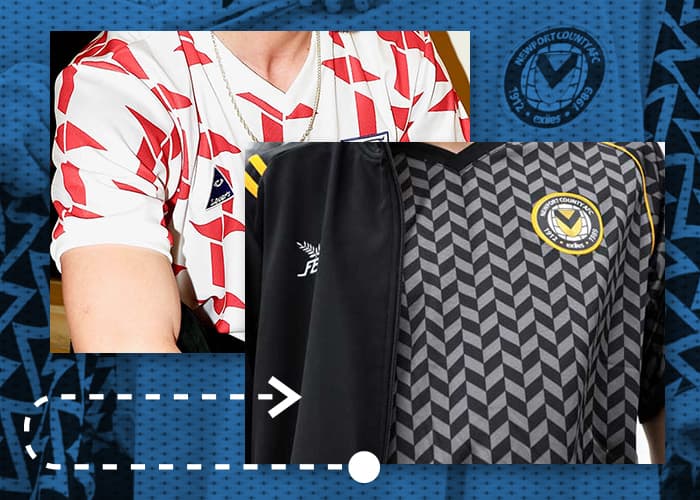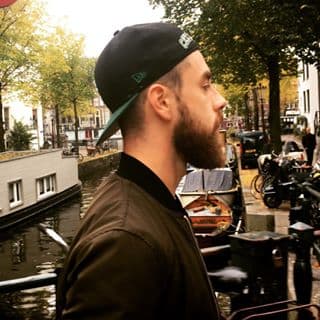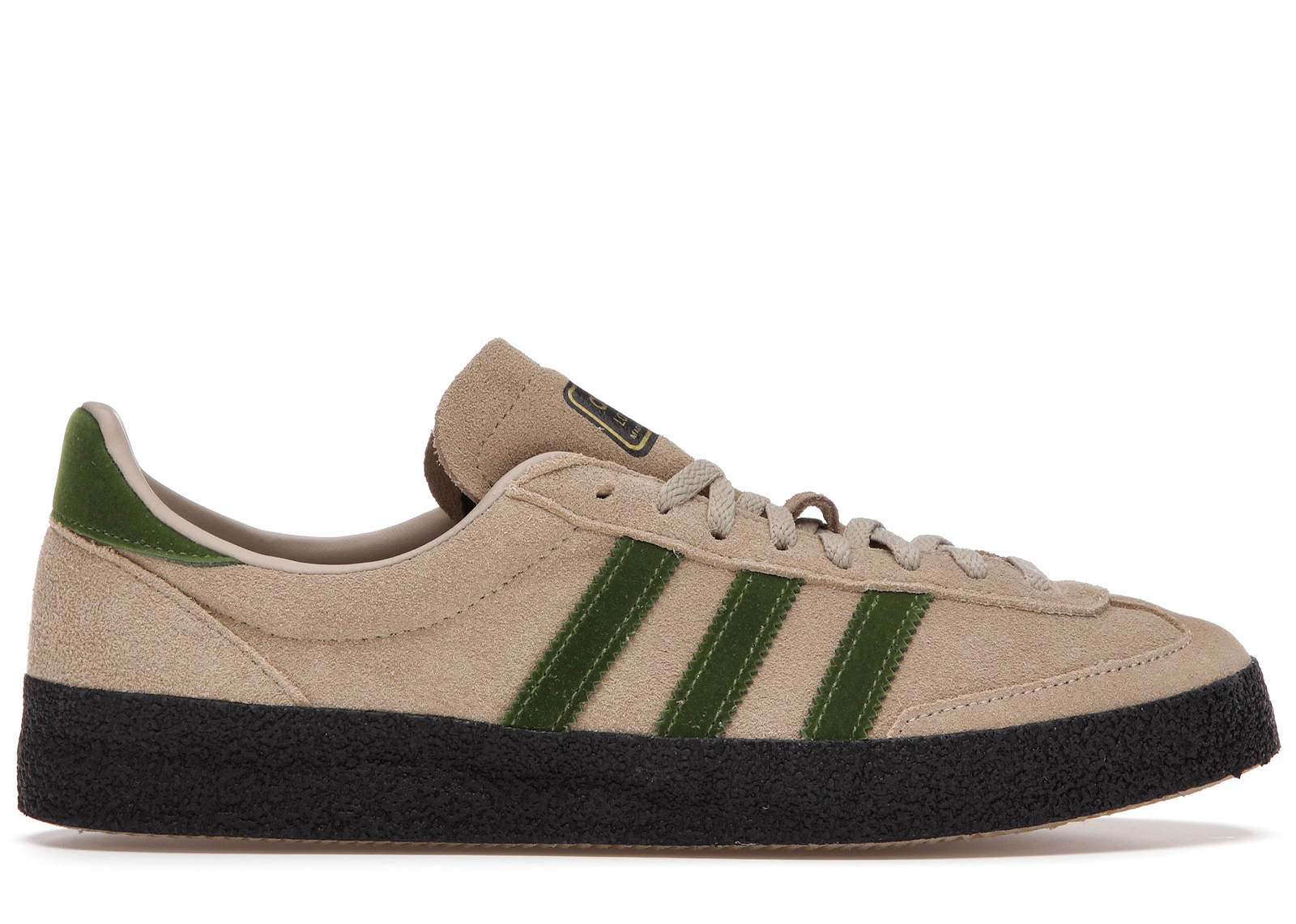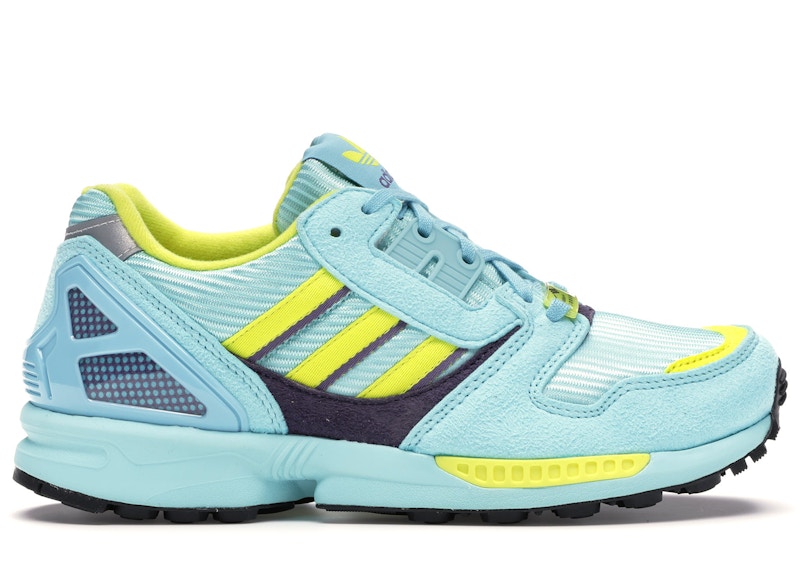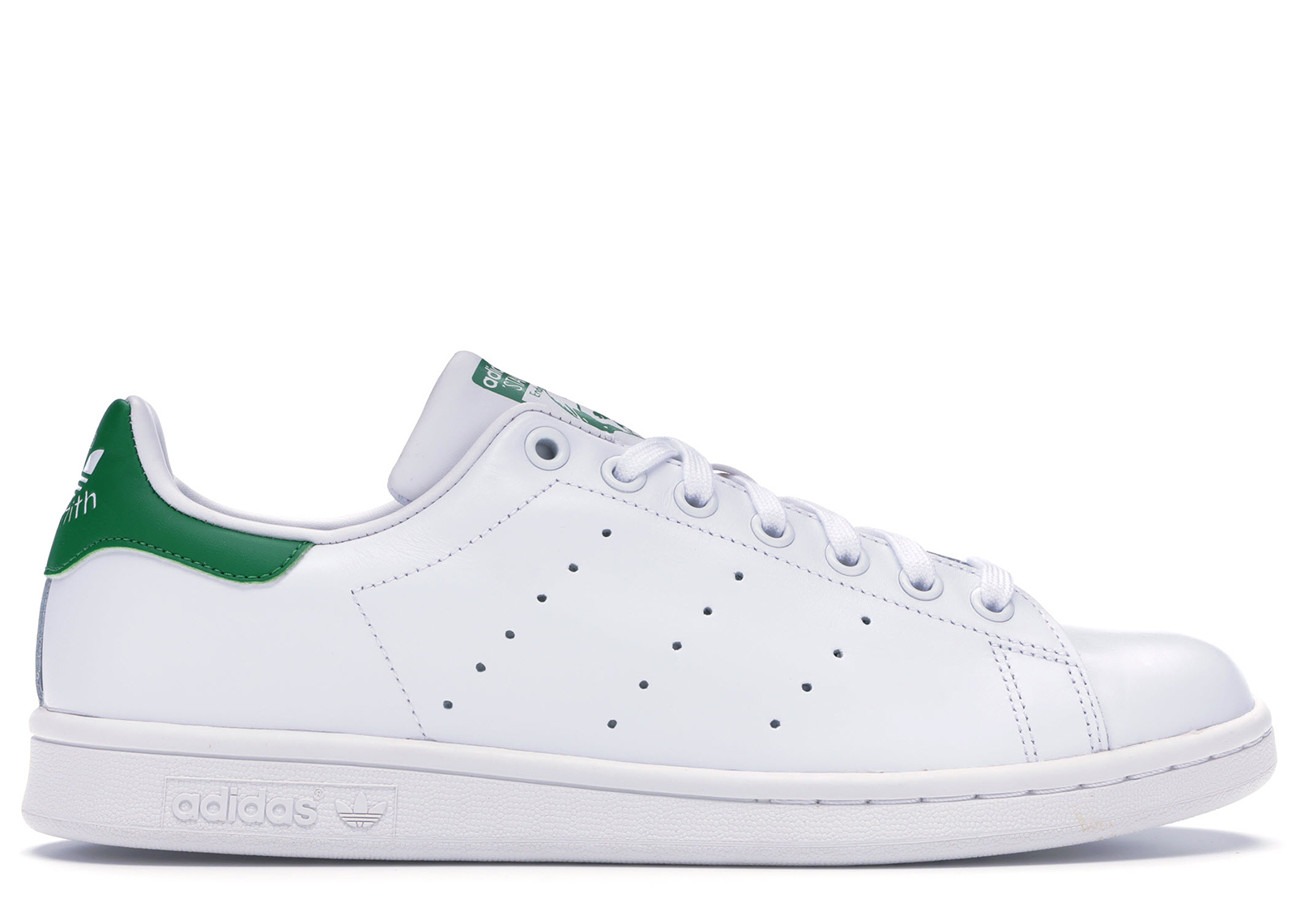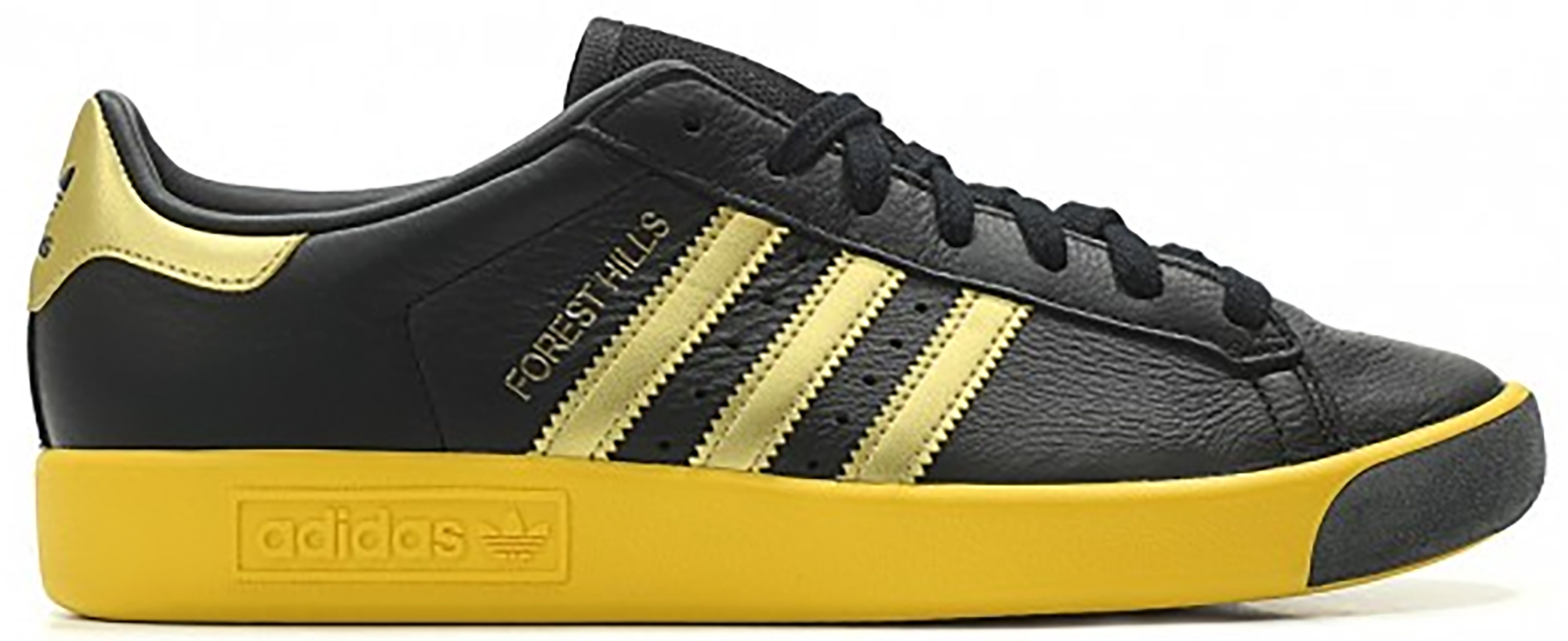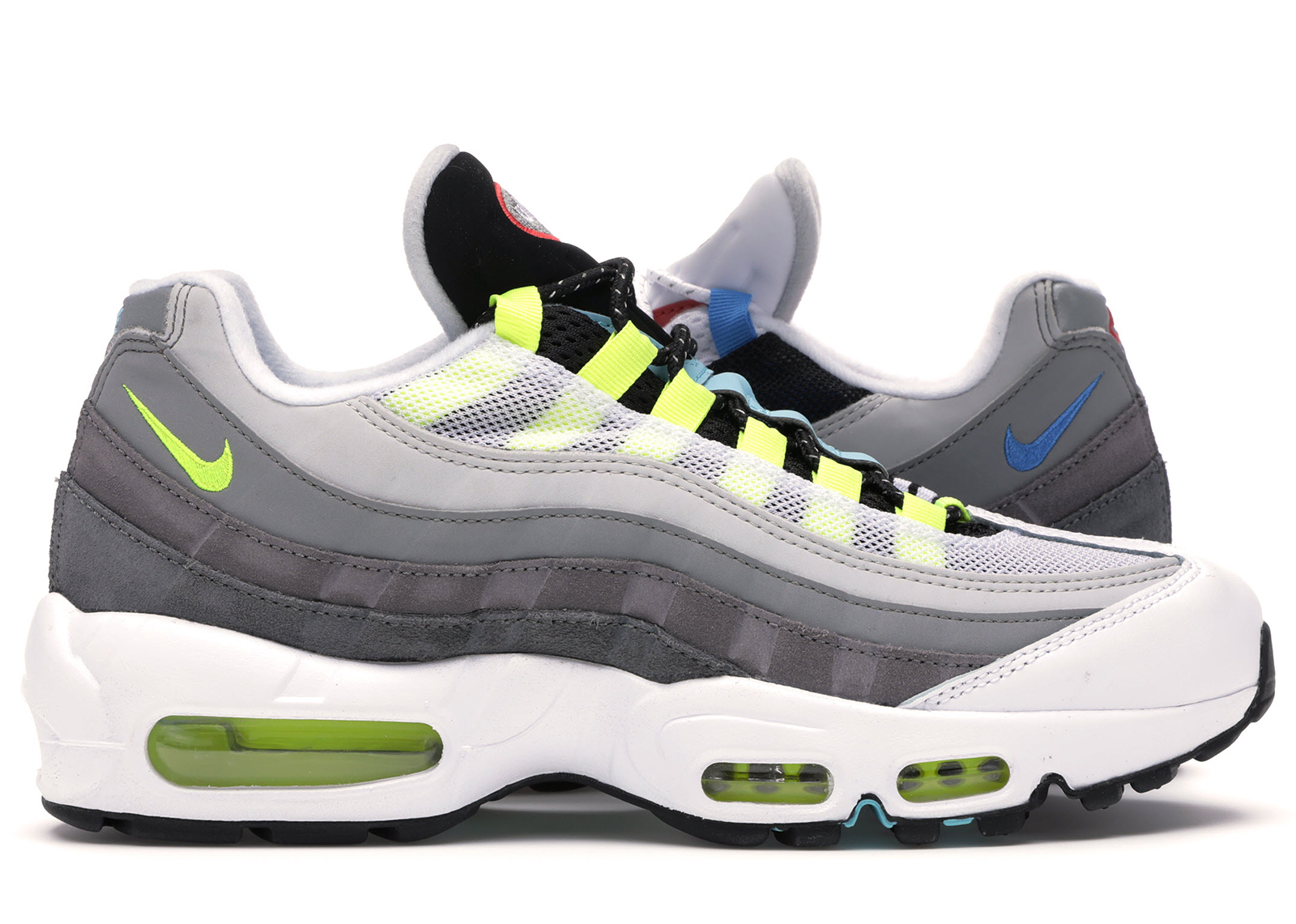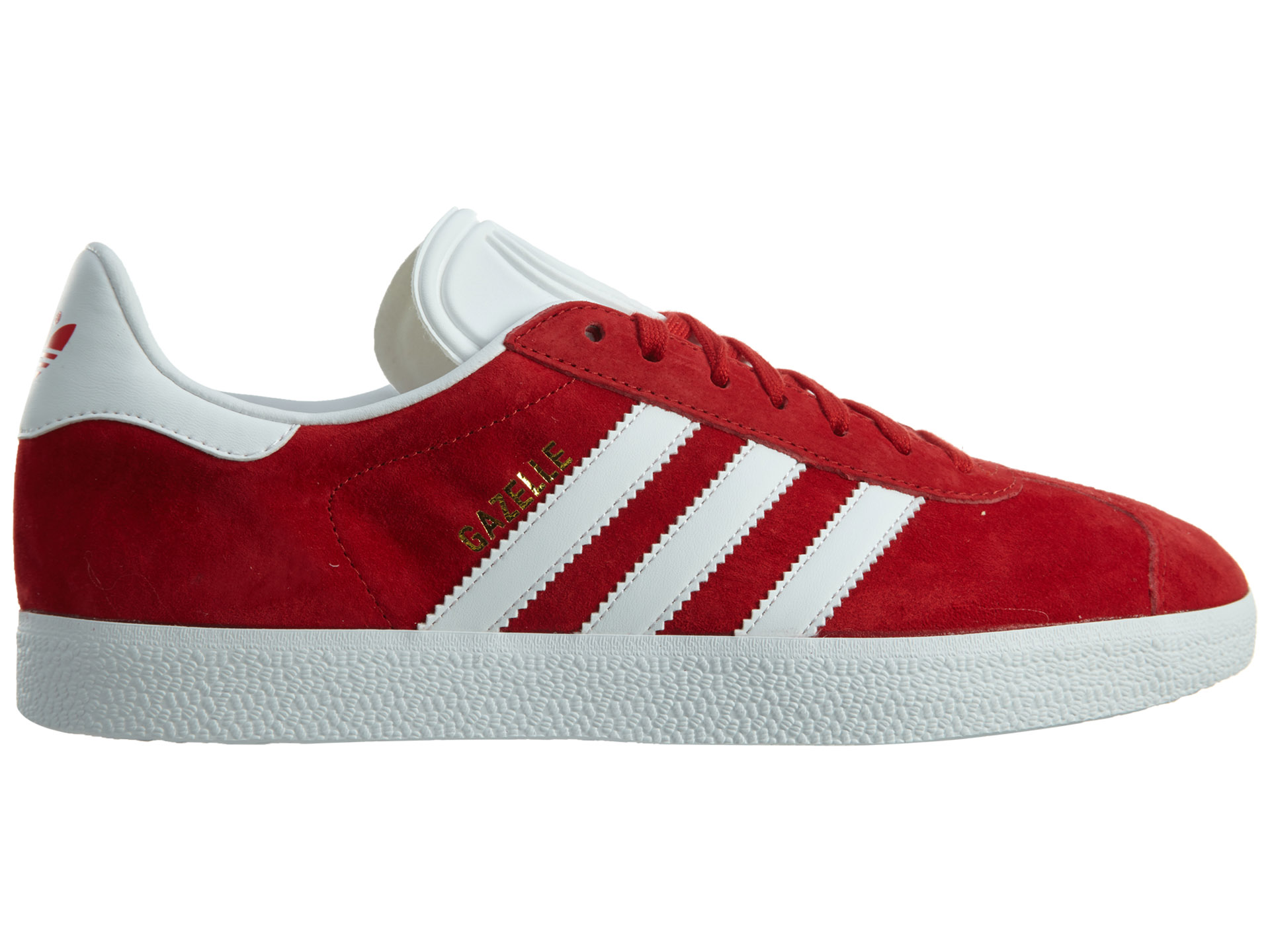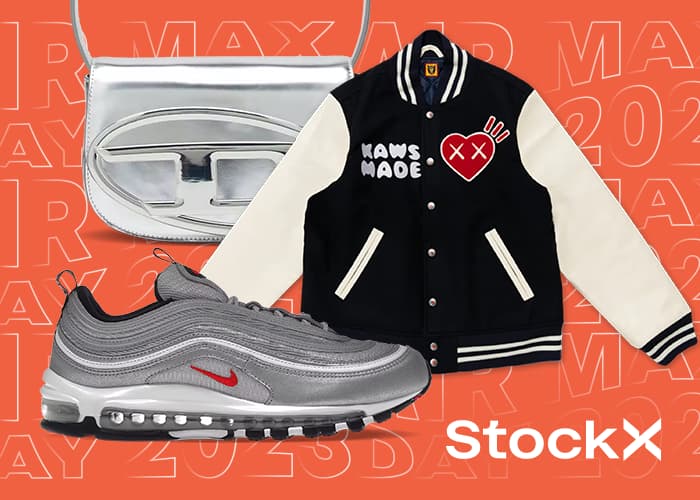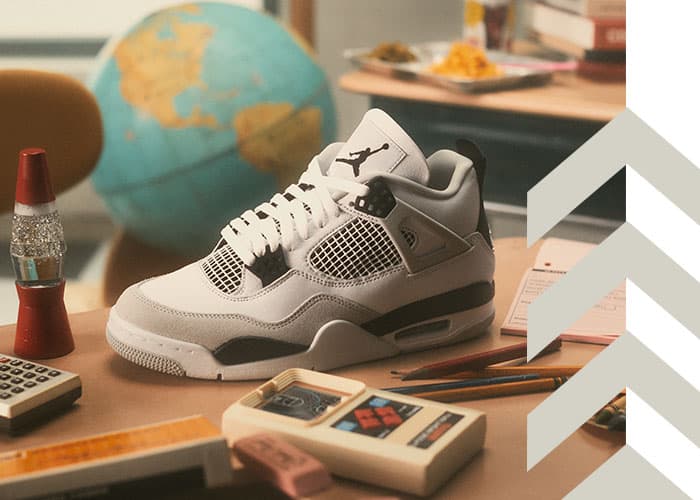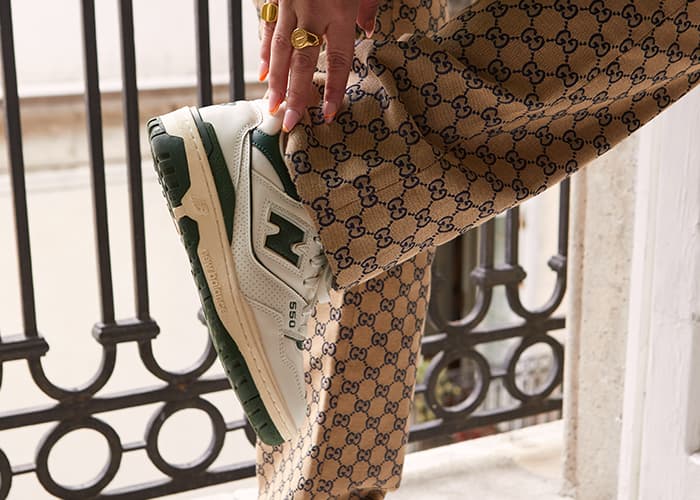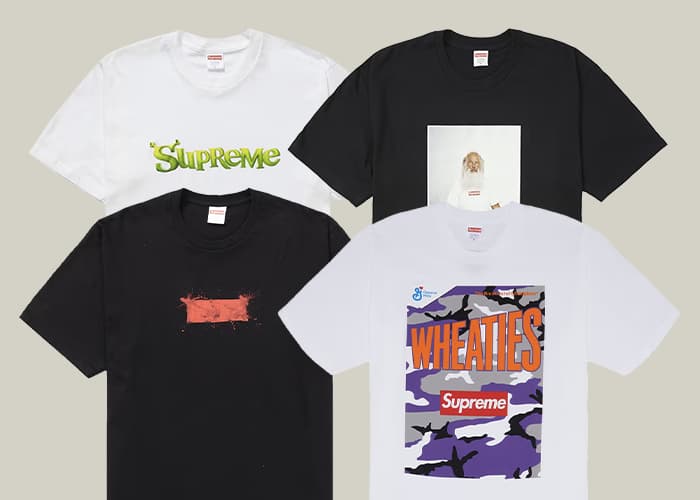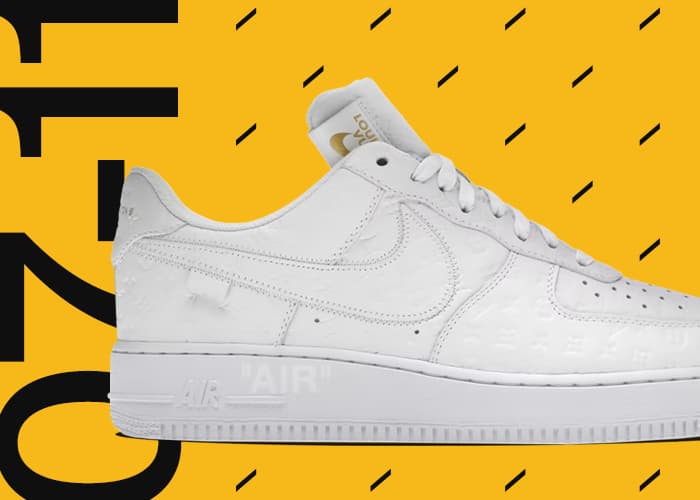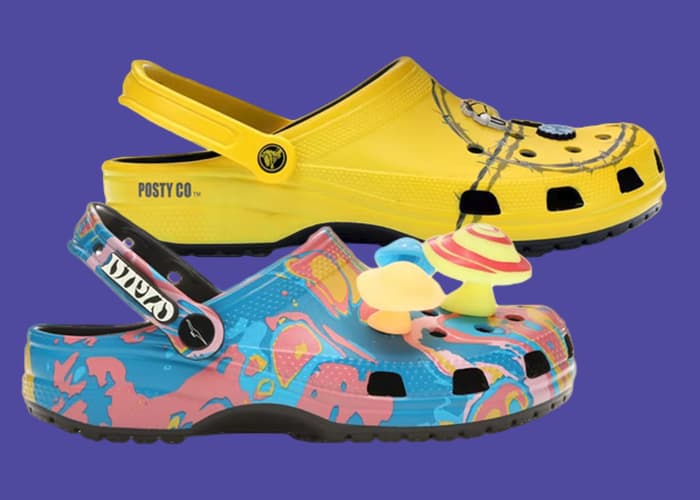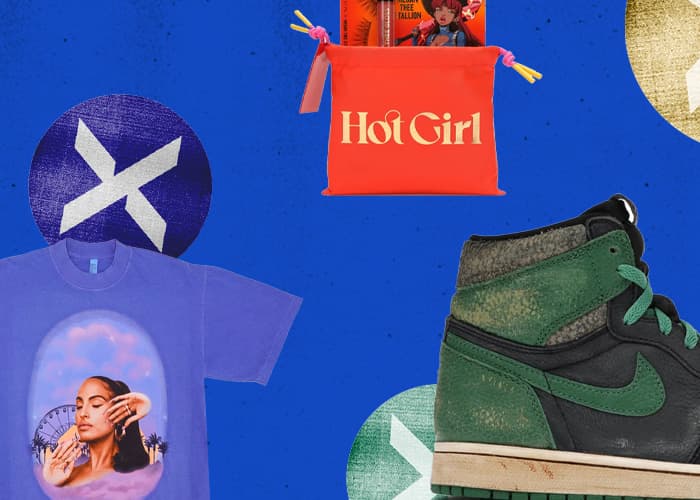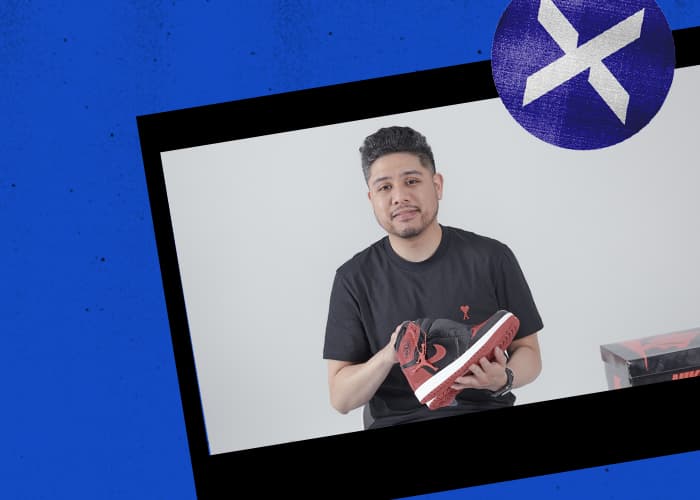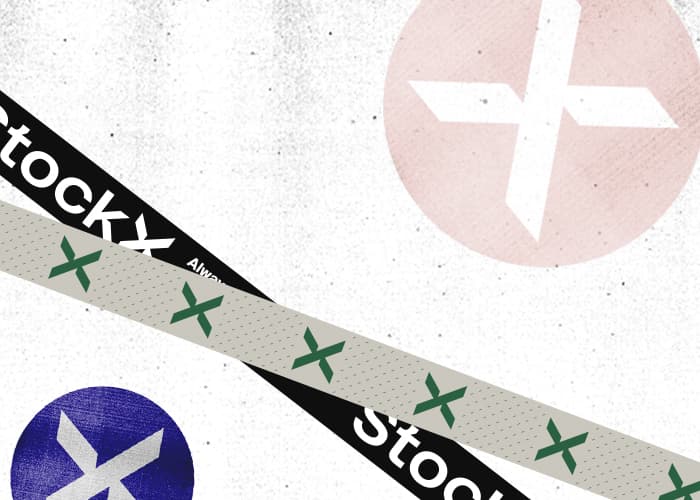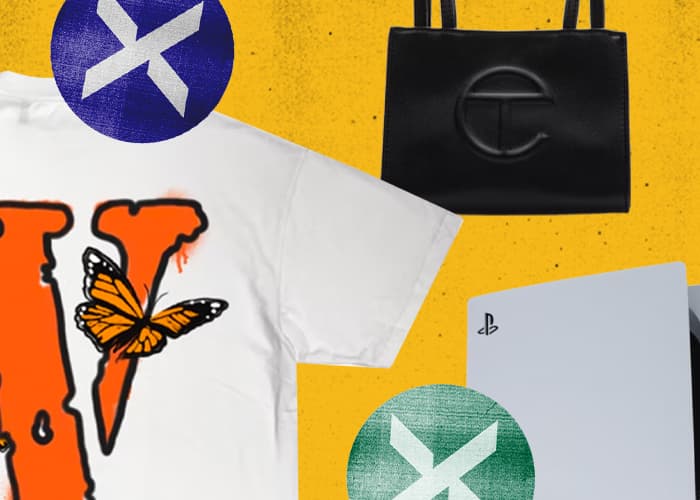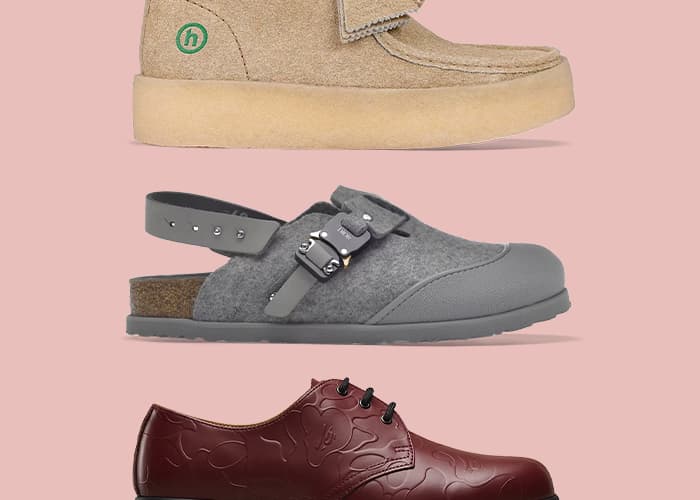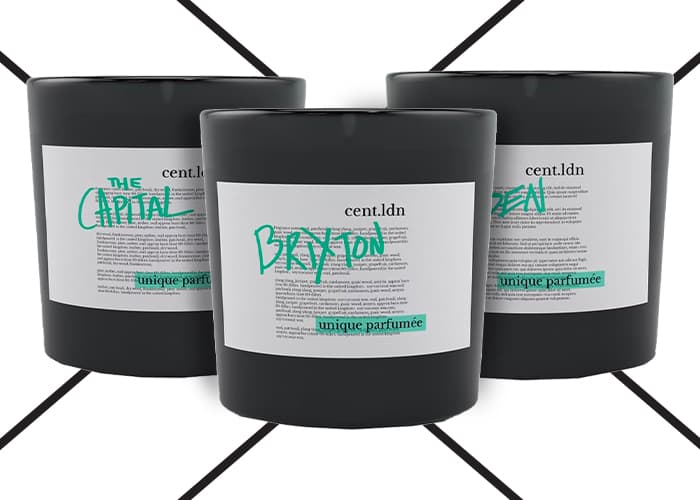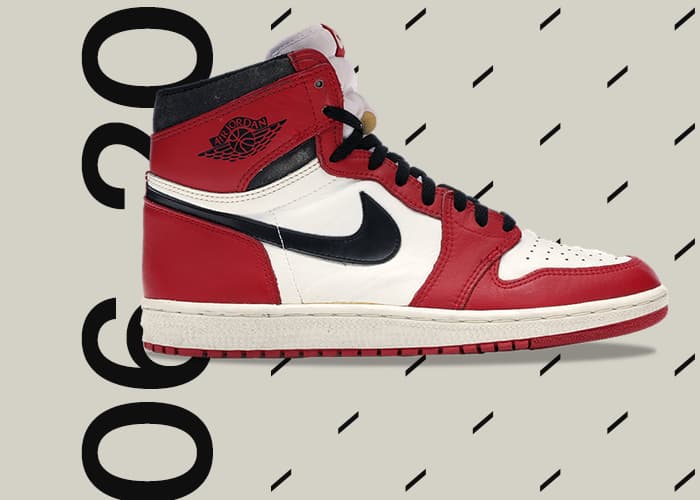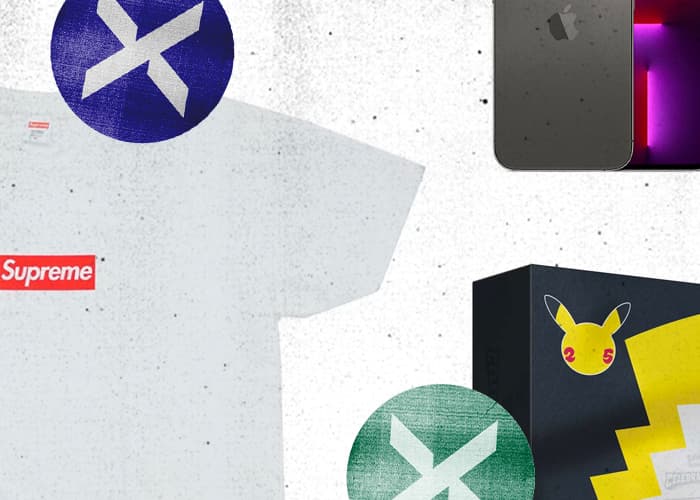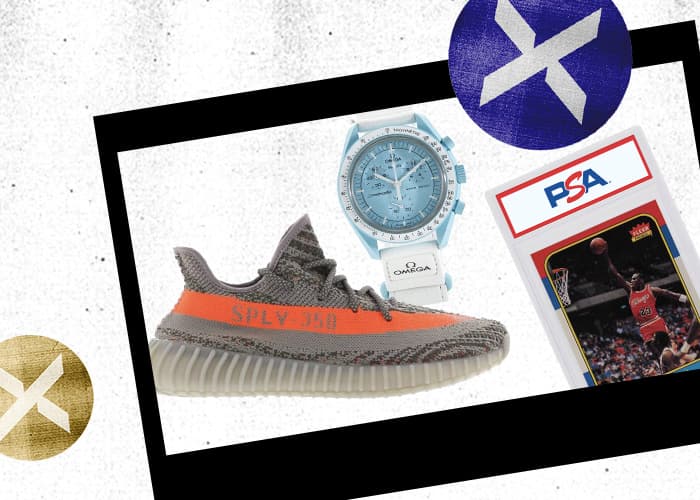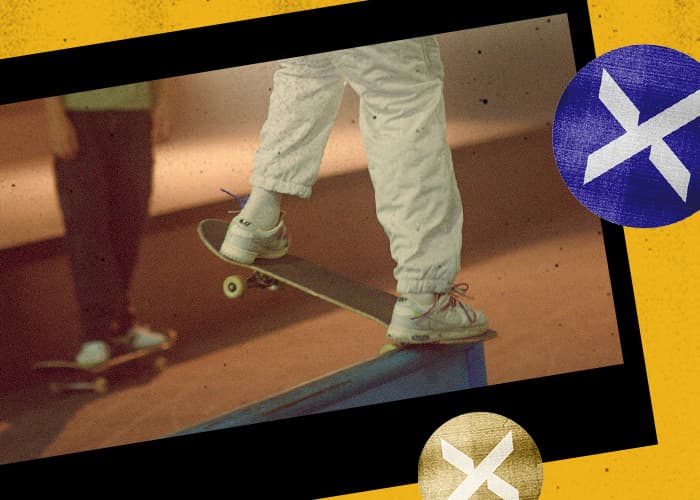What did you miss most about football during lockdown?
I suppose like the rest of us maybe I had semi-forgotten how important the whole ‘sacred experience’ of attending a football match is to me. It’s not just the beauty (or not) of the match itself, but the expectation and anticipation of the day, and how it fills your week. The milling about in town with mates and having the communal walk to the ground, the noises, everything about football can get under your skin and I’ve missed it.
You’ve been collecting football shirts for a while now. What attracted you to shirts in the first place?
To be honest, all football fans are attracted to or at least interested in football shirts. There aren’t too many sartorial garments in the world as powerful as the shirt of a sporting team. From football to basketball, they are not only pieces of clothing. They speak to people. They say “I belong”. It’s this basic primaeval pull of football shirts which makes them so important. But then there’s also the addition of memories, nostalgia, and just plain damn good design. All these facets add up to make an item which can engender a great emotional attachment and you can’t say that about too many items of clothing.

Photo by @nealheardtrainers
What is your grail?
Even though I have more than 500 iconic and interesting football shirts I’m afraid to say I have too many grails that I still wish to find! To be honest, I like it that way. As a collector, the bits of a collection which you don’t have are as important, if not more so, than the stuff you do have. But if I’m under pressure to say one today, then I would say my grail would probably be the 1978 Mexico Kit, which just happened to be made by Levis. I just find it interesting that a brand known for their denim made a foray into football shirt design. How did that come about? It’s an unexpected fusion which I find really interesting. And they weren’t released as replicas or retros, so they’re super rare.
You recently started designing your own shirts. How did that come around?
Well, I had created a massive stir in the football shirt design world with the release of my book. This not only looked at the traditional scene but also how jerseys crossed over with popular culture through design, fashion, politics and music.
Then I went on to found Lover’s F.C. and become the first football fashion brand to sell and work with fashion brands. This cemented my reputation as an expert in the field. This has all lead to me actually getting what I can firmly say is my dream job, becoming Creative Director at old school football brand Meyba. They made the kit for F.C Barcelona for 10 years in the ’80s and are now coming back to the market. I’m super excited to be in charge, working from the top down with the whole aspect of strategy, team choice, fashion range and football shirt design. Quite simply, we intend to make Meyba the coolest football brand out there.

Lovers FC x Selfridges. Photo by Soccerbible
Tell us more about Lover’s F.C. and your aims for the club
Lover’s was born as an expression of the evolving kit scene. As someone who had come from football shirt collecting in a traditional sense, it was really interesting to see this new appropriation of football shirts from other ‘tribes’ like skaters. It’s great to see shirts out of context and I wanted to explore and celebrate this – especially with my fashion background. I wanted to produce some items which looked at the crossover between shirts and streetwear. It’s gone from strength to strength. I’ve got to work with people like Selfridges and Urban Outfitters, and also became the first football fashion brand to officially work with a pro club when I utilised the Lover’s brand to design the Newport County kit. I have recently been approached by a Champions League team to work with them too, so long may it continue.
Can you talk us through your design process for the Newport County shirt?
For me, design is not some secondary thought in teamwear production. It should be at the forefront of a brand’s strategy. Teamwear is now more important than ever, and at Meyba, I’ve insisted that design is put at the forefront. We do not want to even work with clubs who do not buy into the whole design process. If a club doesn’t see the importance of making a great kit, then that club’s not for us.
Once that’s been established, then the actual schedule of design depends on the particular club. At Meyba we aren’t into making template kits, so every club will have a bespoke kit design. Without giving too much away, I’ve insisted that we are bold in our designs. I don’t like to follow trends, I like to start them. And for that, you need to be bold. The body design of the Newport County shirt was based upon my vintage Peruvian sofa blanket. It has a bold, chevron repeat pattern which just kept coming back to me as something which would look great on a shirt.

Newport County Home and Away jerseys 2019/20. Photo by Soccerbible.
At the same time, football teams have tradition firmly in their DNA and this must be respected. So for me, you don’t mess with a club’s colours, especially the home colours. But once colours and badge are respected, then new ways of working with these can and should be played with. I’m not into slavish copies of iconic kits gone by. Sure, you can tip your hat to past designs which the fans love, but for me, you must always move forward. I would much rather make a new design that people want to tip their hat to in the future.
So all sorts goes into the football shirt design process, but you must keep an eye both on tradition, the club’s area and heritage but also bring in pattern and colour.
As clubs set their sights on global appeal, are they in danger of losing touch with their core fans?
It’s a good question. I think it would be a disaster both culturally but also financially if football clubs forget about the importance of place. You have to remember that football clubs are born out of physical places; cities with a culture of their own, and fans who are passionate about this. However, at the same time, the game is now truly global. The legions of ‘fans’ spread around the world all want to be a part of this passion and excitement. Hence why we are in the odd situation where nearly half of hoarding advertisements are in a language not understandable to the people actually at the match. As long as clubs keep their roots and respect the history and tradition of a club, then I think a fine balance can be kept. But if new owners start playing with club colours and club names, or even move stadium then there is a great danger of throwing the baby out with the bathwater.

A retro PSG jersey on display at The Art Of Football exhibition. Photo by Soccerbible.
Retro shirts, especially, have seen a massive resurgence in recent years. Why do you think this is?
I think there are a few underlying reasons which just happened to come together in a sweet spot. As I was discussing earlier, football shirts have the power to link you back to specific moments in time and space. They also have a massive power to invoke nostalgia. It just so happened that the social media generation who are now coming of age think back fondly to the 1990s and the halcyon days of their youth. This just happens to coincide with an era were shirts were the most graphic that football has ever seen. Until the last few years, football shirts had been on a cyclical design journey which took them into a bland, plain design decade and everyone was just sick of that and wanting something more.
With football, fashion, sneakers and music closer together than ever, what does the future of football culture look like?
It’s really interesting to be able to watch the continued fusion of football with the wider areas of streetwear. We’ve all been used to seeing fashion and streetwear merge with the sneaker scene on the basketball court. For me, it’s something which is only going to grow and grow. We’re going to see more developments of this crossover from court to pitch, such as the collab between PSG and Jordan, or Palace and Juventus. Teamwear and football shirt design are going to get more and more important. Clubs can’t afford not to take it seriously. Football, especially in the UK, has long had its own culture. I started life as an 80’s football casual, and it’s from those roots my love of trainers began. But in the future, I see scenes not always attached to football playing more and more of a role in its growth.

Palace x Juventus kit launch. Photo by Palace.
Finally, you’re also a big sneakerhead. What silhouettes or brands are you down with at the moment?
Well, as mentioned, I’m an original “casual”, but not one stuck in the past. My favourites will always be simpler low-profile shoes, with their roots in tennis or running. So adidas Stan Smiths, the ZX series, Forest Hills or Nike Wimbledon, for example, but I also dig the Air Max 95. I’ve also fulfilled a long-held ambition to start my own sporting footwear brand named Double N, and we’re just taking orders. Watch this space!


